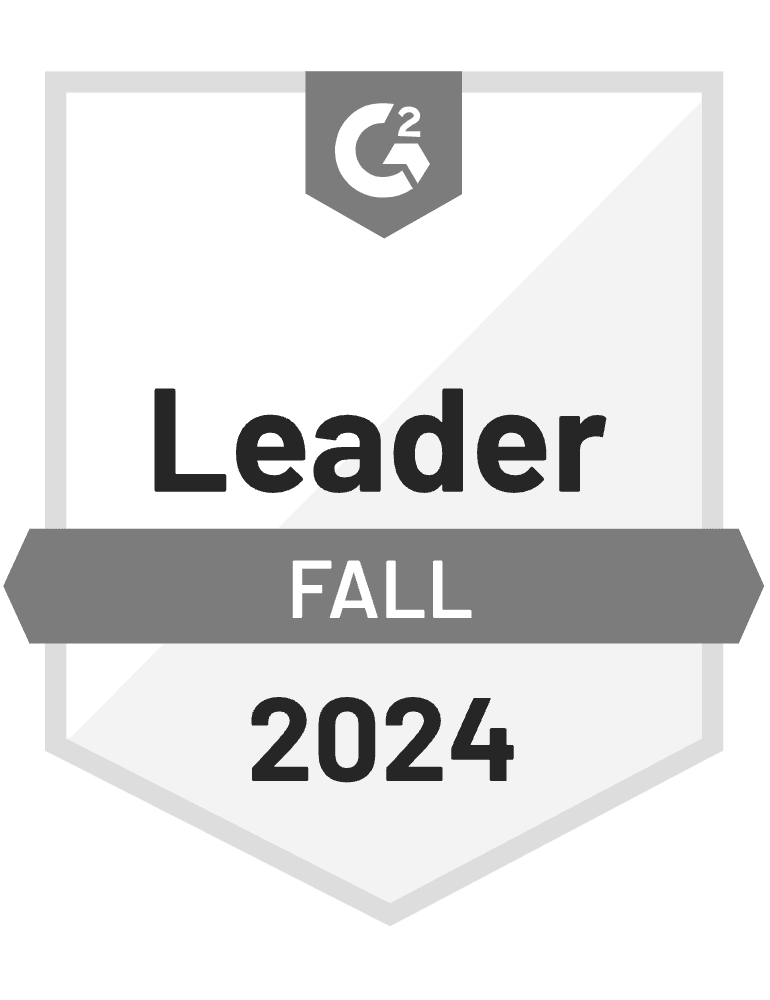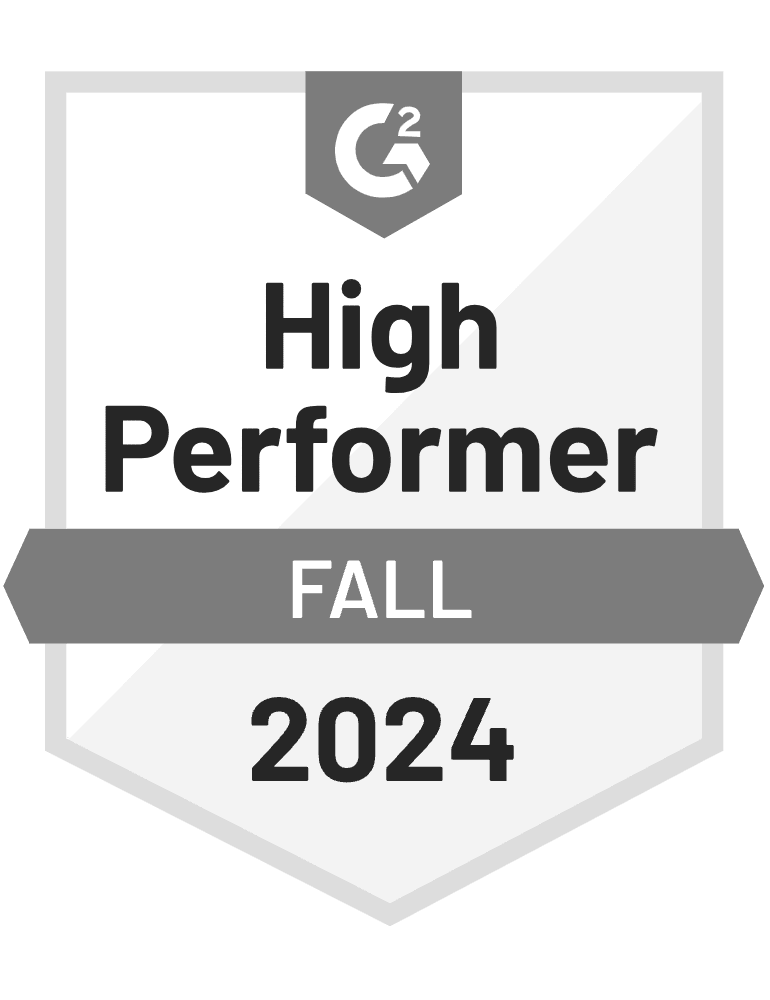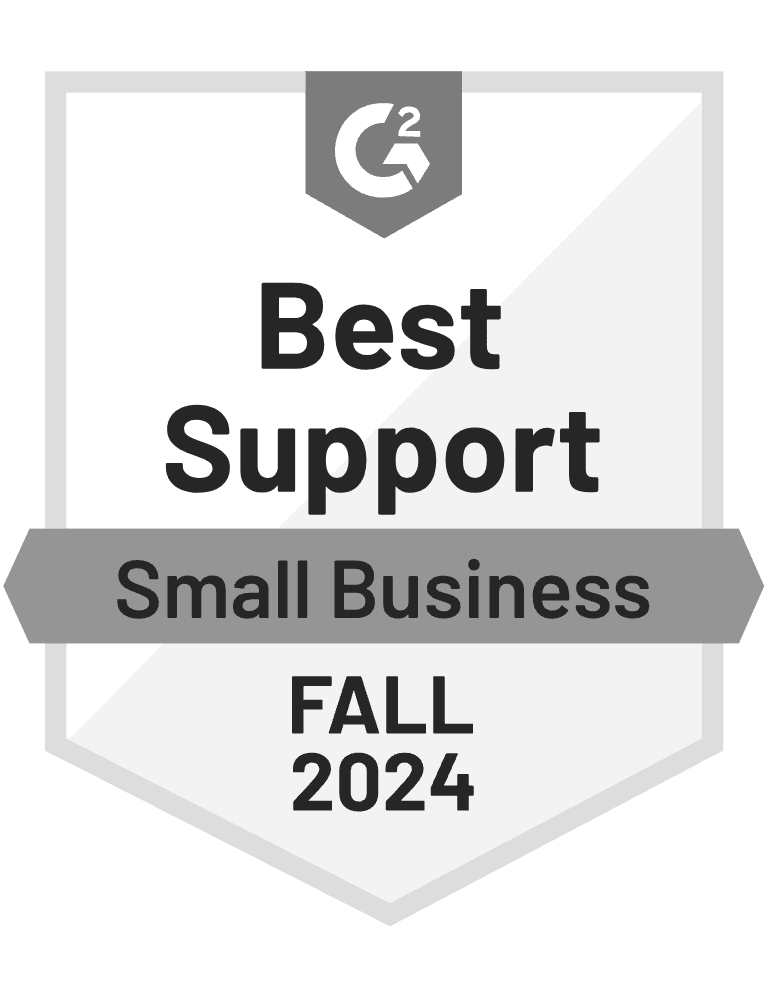- Blog
- How Email Retargeting Can Boost Your Marketing Efforts
How Email Retargeting Can Boost Your Marketing Efforts
-
Nikolett Lorincz
- Marketing
- 6 min read
Table of Contents
As an ecommerce store owner or marketer, you’ve probably seen it happen time and time again: customers visit your site, browse your products, maybe even add a few things to their cart, and then… they leave.
No purchase, no conversion, and no clue why they didn’t follow through. It’s frustrating, right?
You’ve invested time, money, and effort into driving traffic to your site, only to see potential sales slip through the cracks.
Enter email retargeting—a powerful tool that can help you recover those lost opportunities and turn window-shoppers into loyal buyers.
If you’ve been wondering how to reconnect with those hesitant visitors and boost your conversion rates, you’re in the right place.
In this article, we’ll dive into how email retargeting works, why it’s so effective, and how you can start using it to drive real results for your ecommerce business.
Let’s get started!
What is email retargeting?
Email retargeting is a strategy that involves sending targeted emails to people who have previously interacted with your website, products, or services but didn’t complete an action you wanted them to—like making a purchase or signing up for a newsletter.
It’s like sending a gentle reminder to nudge them back toward conversion.
Email retargeting zeroes in on specific behaviors—whether they’ve abandoned a cart, viewed a product page, or even downloaded a resource. The emails are highly personalized, based on what the user interacted with.
What are the benefits of email retargeting?
Email retargeting offers several compelling benefits that can supercharge your email marketing strategy:
- Increased conversions: It’s no secret that a large percentage of visitors abandon websites without converting. Email retargeting helps you recover some of those lost opportunities by sending targeted, relevant messages to these potential customers, increasing the chances of conversion.
- Personalized user experience: Personalized emails are more likely to be opened and acted upon. By sending emails based on a user’s previous actions (like viewing a product or cart abandonment), you’re creating a more tailored experience, making the customer feel valued.
- Higher ROI: Retargeting emails typically have higher open rates and click-through rates than standard promotional emails, meaning they’re more cost-effective. Since the user has already shown interest, you’re not casting a wide net but instead going after a warm audience.
- Increased brand recall: When you send targeted emails after a customer visits your site, you stay top of mind. Even if they don’t convert right away, your brand remains in their awareness, increasing the likelihood they’ll return.
- Cost-effective: Compared to other forms of advertising, email retargeting is highly cost-effective. You’re focusing on a smaller, more engaged audience that is more likely to convert, which means better results for your marketing budget.
5 examples of email retargeting campaigns
To really see how email retargeting can work, here are five creative email retargeting campaigns.
1. Kate Spade’s abandoned cart email
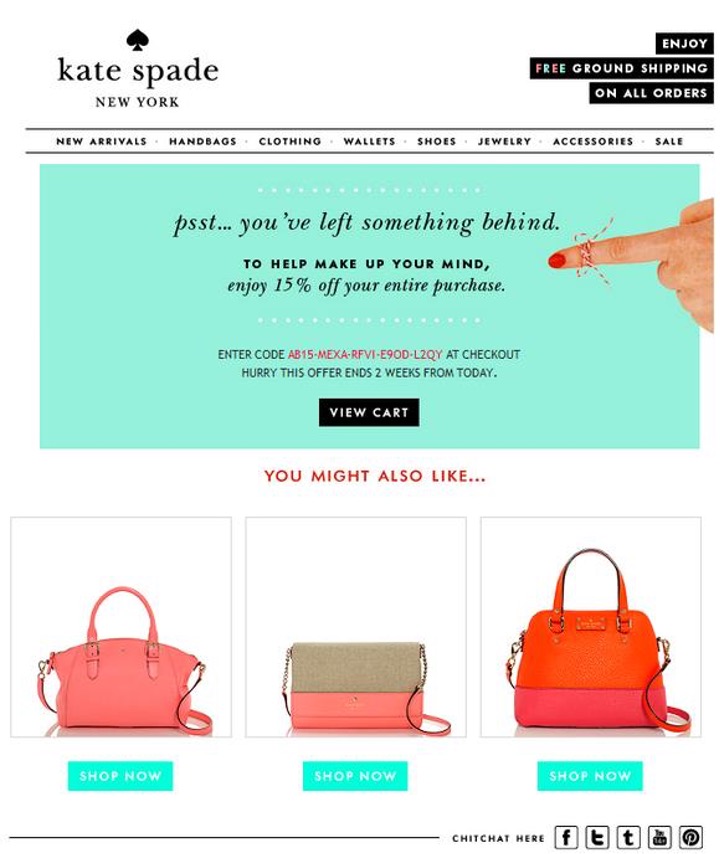
Kate Spade nails it with the classic abandoned cart email. It’s one of the most effective forms of email retargeting, and they do it with style.
If a customer adds items to their cart but doesn’t follow through with the purchase, Kate Spade sends a friendly reminder saying, “Psst…you’ve left something behind” along with a direct link to their cart. To sweeten the deal, they often offer a 15% discount, making it hard for customers to resist coming back.
This showcases the effectiveness of marketing emails in recovering abandoned carts and engaging potential customers.
2. Sometimes Always’ browse abandonment email

Sometimes Always takes a slightly different approach by sending browse abandonment emails. These are for users who checked out a product page but didn’t add anything to their cart.
Their email is both friendly and enticing: “You’ve got great taste!” paired with a reminder that the product might be in limited stock. This creates a sense of urgency, urging users to act before it’s too late.
3. Huckberry’s post-purchase email
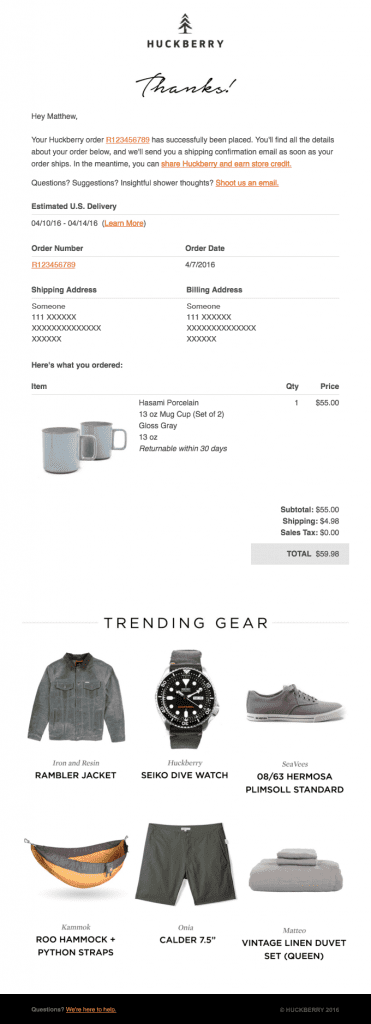
Huckberry’s post-purchase email is a great example of using email retargeting to increase customer loyalty.
After someone makes a purchase, they send a thank-you email with personalized product recommendations based on the recent purchase, effectively engaging email subscribers.
This not only makes the customer feel appreciated but also encourages repeat purchases and cross-selling, keeping the brand top of mind.
4. Athletic Brewing’s back-in-stock alert

For products that have sold out but still have interested buyers, Athletic Brewing has nailed the back-in-stock alert.
When a user shows interest in a product that’s temporarily unavailable, they send an email as soon as the product is restocked.
This email is designed to reignite interest and urgency, leading to a higher likelihood of purchase now that the item is available again.
5. Cuisinart’s re-engagement email
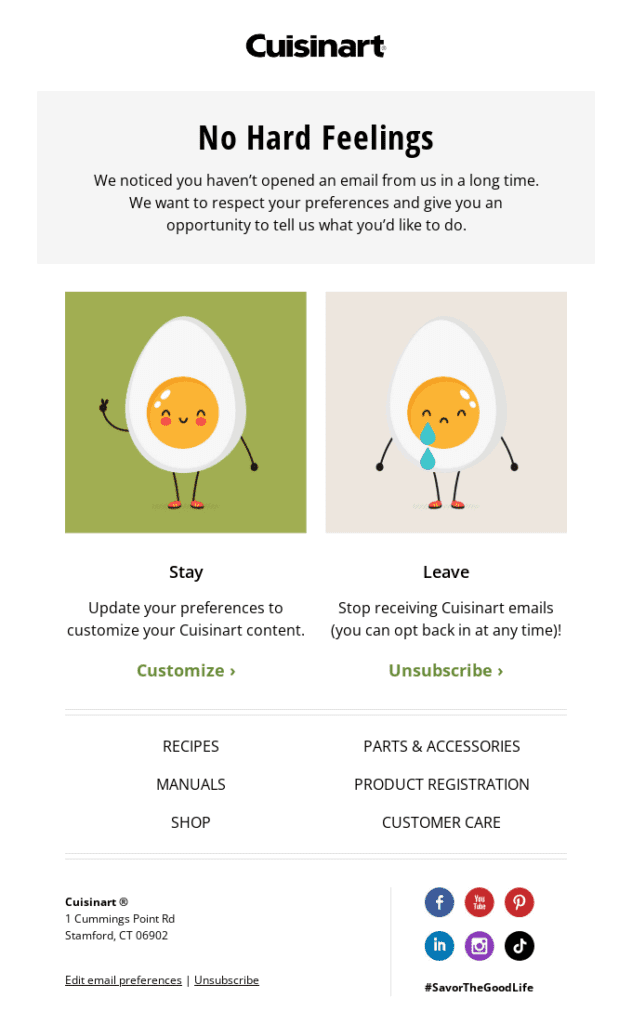
Cuisinart’s re-engagement email is perfect for bringing back customers who haven’t interacted with the brand in a while.
Whether they’ve been inactive or just haven’t made a purchase recently, Cuisinart sends an email designed to rekindle their interest.
Key strategies for effective email retargeting campaigns
Now that we’ve covered the basics and examples, let’s talk strategy.
A good email retargeting campaign doesn’t just rely on sending out an email and hoping for the best. You’ll want to incorporate a few email retargeting best practices to maximize its impact.
1. Segmentation is key
Not all website visitors are created equal. Create audience segments based on user behavior. Someone who abandoned their cart should receive different messaging than someone who only visited a product page. The more tailored your emails, the better the results.
2. Personalization matters
Go beyond just addressing the recipient by name. Use the data you have on them—like the products they viewed or added to their cart—and personalize your content. For example, “You left this in your cart” or “We thought you might like this.” It makes the email feel more relevant and engaging.
3. Timing is everything
The timing of your email is crucial. Sending an abandoned cart email 24 hours after abandonment is ideal, but don’t wait too long. For browse abandonment, try sending an email within a few hours to capture their attention while the interest is still fresh.
4. A/B testing
Test different subject lines, calls to action, and messaging to see what resonates best with your audience. A/B testing can help you refine your campaigns and get the best possible results over time.
5. Compelling call-to-action
A clear, compelling CTA can make or break a retargeting email. Whether it’s a “Complete Your Purchase” button or “See More Products,” make sure it stands out and is easy to follow.
What are some other ways to retarget website visitors?
While email retargeting is a powerhouse strategy, it’s not the only way to bring back potential customers.
Let’s take a look at two proven tactics to keep your brand in the spotlight!
1. Exit-intent popups
Exit-intent popups are a savvy way to capture attention right before a visitor leaves your site.
These popups are triggered when a user moves their mouse toward the browser’s close button or attempts to navigate away from the page—essentially, when they’re ready to bail.
This is your golden opportunity to make one last pitch!
You can offer a discount…
Or remind them of items left in their cart…
Think of it as a digital sales assistant giving a friendly nudge before the door closes.
But exit-intent popups aren’t just about saving sales. They’re also perfect for gathering valuable customer data. By including an email capture form in your exit popup, you can collect email addresses and kickstart your email retargeting efforts.
So, even if the visitor doesn’t convert right away, you’ve got a chance to follow up and bring them back later. It’s like turning a missed opportunity into a future win.
2. Retargeted ads
Retargeting ads are another effective way to follow up with site visitors. These ads appear on other sites or social media platforms after someone visits your site, reminding them of what they left behind.
For example, if someone browsed a pair of shoes on your site, they may see paid ads for those shoes across other sites or platforms like Facebook, Instagram, or Google.
These ads serve as a visual reminder and increase the chances of bringing them back to your site.
Wrapping up
Email retargeting is more than just sending follow-up emails. It’s a smart, personalized approach that increases conversions, boosts ROI, and builds brand loyalty.
By segmenting your audience, timing your messages perfectly, and experimenting with different strategies, you can create powerful retargeting campaigns that get real results.
And don’t forget that email retargeting is just one piece of the puzzle. Combining it with strategies like exit-intent popups and retargeting ads can give your marketing efforts a much-needed boost, turning missed opportunities into future sales.
So, are you ready to start email retargeting? Your customers are waiting.
Migration has never been easier
We made switching a no-brainer with our free, white-glove onboarding service so you can get started in the blink of an eye.
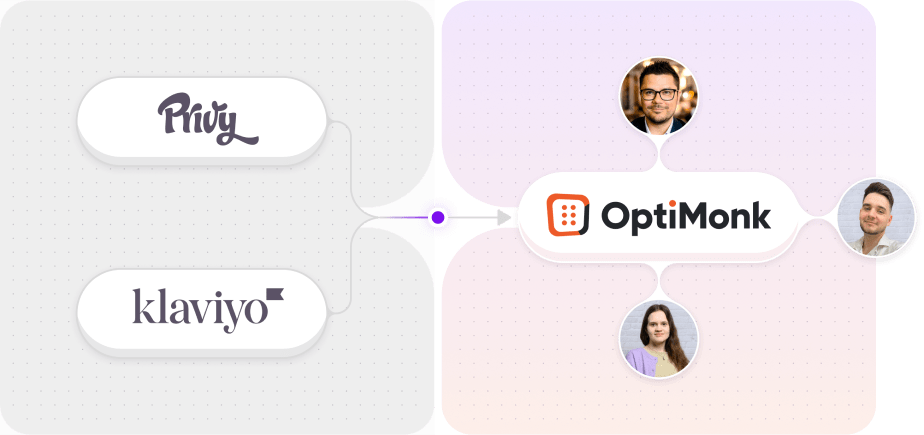
What should you do next?
Thanks for reading till the end. Here are 4 ways we can help you grow your business:
Boost conversions with proven use cases
Explore our Use Case Library, filled with actionable personalization examples and step-by-step guides to unlock your website's full potential. Check out Use Case Library
Create a free OptiMonk account
Create a free OptiMonk account and easily get started with popups and conversion rate optimization. Get OptiMonk free
Get advice from a CRO expert
Schedule a personalized discovery call with one of our experts to explore how OptiMonk can help you grow your business. Book a demo
Join our weekly newsletter
Real CRO insights & marketing tips. No fluff. Straight to your inbox. Subscribe now
Nikolett Lorincz
- Posted in
- Marketing
Partner with us
- © OptiMonk. All rights reserved!
- Terms of Use
- Privacy Policy
- Cookie Policy
Product updates: January Release 2025
